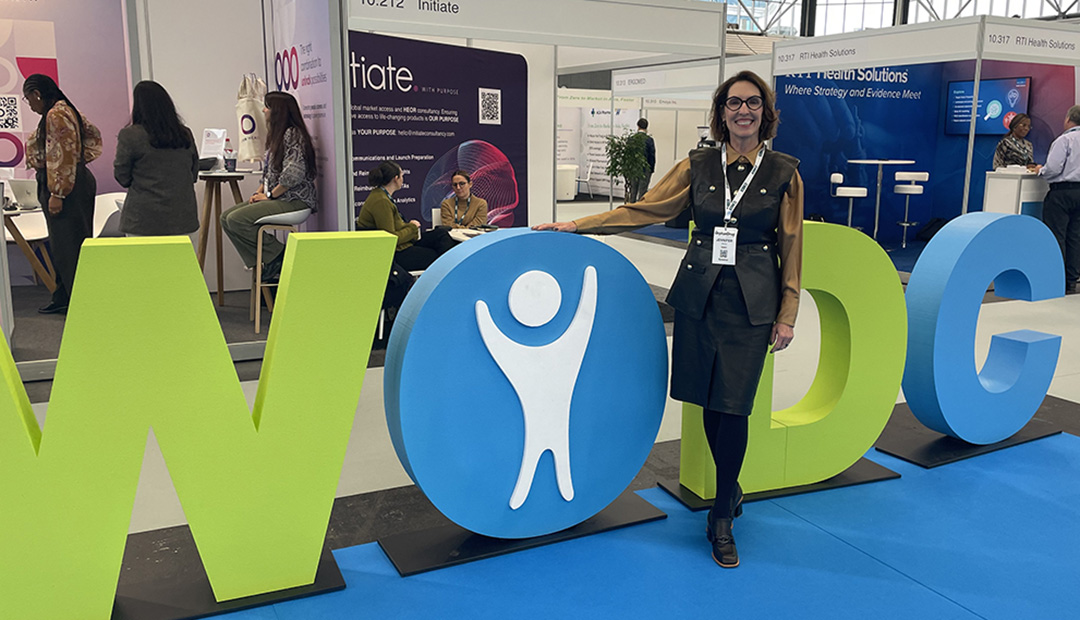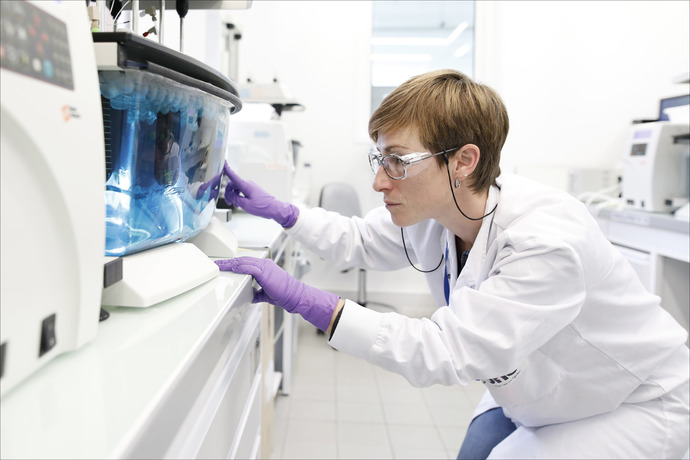The Evolving Landscape of Liver Disease: Innovation, Integration, and Impact

Why Liver Disease? A Vision for Change
Liver disease has emerged as a critical focus for the healthcare science community, driven by significant unmet needs—particularly in rare and underserved conditions. The liver plays a central role in human biology, acting as a hub for carbohydrate, lipid, and protein metabolism. It is also the origin of many inherited metabolic disorders, most of which stem from autosomal recessive mutations in single genes. These conditions are more common than many realize, with estimates suggesting that one in every 800 live births is affected by a form of inherited hepatic metabolic disorder.
For decades, liver transplantation has been the only curative option available to these patients. However, the landscape is shifting. Early efforts in diseases such as Primary Biliary Cholangitis (PBC), Progressive Familial Intrahepatic Cholestasis (PFIC), and Alagille syndrome have shown that targeted innovation can deliver first-in-class treatments to patients who previously had few or no options. Companies like Ipsen are leading the way, demonstrating how focused investment in hepatology can set new standards for rare disease innovation and patient care.
Smarter Trial Design: Building the Foundation
As the science evolves, so too does the way we design clinical trials. Across the industry, there is a growing emphasis on smarter, more agile approaches to development. These new models are grounded in real-world patient insights and increasingly enhanced by artificial intelligence and real-world data, which enable more accurate predictive modelling.
Rare diseases, by their nature, present unique challenges due to their complexity and heterogeneity. To address this, the industry is embracing adaptive trial designs, single-arm studies with external controls, and Bayesian methodologies. These approaches not only improve study outcomes but also accelerate the path to approval.
Patient-centricity is also becoming a cornerstone of innovation. The development of patient-reported outcomes (PROs), such as the FDA-recognized pruritus tool developed by Ipsen, reflects a broader commitment to ensuring that the patient voice is embedded in every stage of the development process.
Where We Are Today: Expanding the Liver Portfolio
The liver disease space has expanded dramatically in recent years. What was once a field dominated by symptomatic treatments is now home to a growing portfolio of disease-modifying therapies. Advances in precision medicine, the use of novel clinical endpoints, and value-based profiling are helping to tailor treatments more effectively to individual patients.
At the same time, our understanding of disease biology is deepening. Innovations in proteomics and pathway modulation are opening new avenues for intervention. These scientific advances are increasingly aligned with regulatory preparedness, enabling faster and more efficient development pathways. Ipsen and other forward-thinking companies are helping to drive this alignment, ensuring that innovation is not only possible but also accessible.
Looking Ahead: Gene Editing in Liver Disease
Liver diseases caused by single-gene mutations affect millions of people worldwide. While traditional treatments have focused on managing symptoms, they rarely offer a cure. Gene editing is now emerging as a transformative approach, with technologies like CRISPR/Cas9 enabling gene insertion, correction, and knockdown.
However, the liver presents unique challenges for gene editing due to its low cell division rate and inefficient DNA repair mechanisms. A promising solution is Repair Drive, a novel strategy developed by Rice University and Baylor College of Medicine. This approach enhances gene correction efficiency by giving edited cells a survival advantage, allowing them to outcompete diseased cells during natural liver regeneration. Importantly, Repair Drive is compatible with existing delivery platforms such as adeno-associated viruses (AAV) and lipid nanoparticles.
This innovation could mark a turning point in the treatment of pediatric and early-onset liver conditions, shifting the paradigm from symptom management to curative therapies.
The Next Frontier: Regenerating the Liver
Beyond gene editing lies an even more ambitious goal: regenerating liver tissue itself. Cellular regenerative therapies represent the next frontier in hepatology, moving us from treatment to true restoration.
Emerging technologies are exploring bio-delivery systems that can transform liver cells into temporary implantable, tissue-like therapies. One such example is the work being done by Dimension Bio, which is pioneering what it calls “tissue therapeutics.” These therapies have the potential to delay——the need for liver transplantation in cases of liver failure.
This vision of regenerative medicine challenges us to think differently. Are our regulatory and reimbursement systems ready to support such transformative innovation? The answer to that question will shape the future of care.
The System Challenge: Innovation vs. Infrastructure
While scientific progress is accelerating, healthcare infrastructure is struggling to keep pace. Regulatory frameworks are often slow to accommodate novel endpoints and adaptive trial designs. Reimbursement pathways, too, are frequently misaligned with the speed and scope of scientific breakthroughs.
Without systemic alignment, even the most promising therapies risk being delayed or rendered inaccessible. The challenge is not just to innovate, but to ensure that innovation reaches the patients who need it most.
Bridging the Gap: Proactive Engagement
To overcome these barriers, industry leaders are taking a more proactive role in shaping the future of healthcare. This includes engaging with regulators and payers to advocate for adaptive trial models, novel endpoints, and more flexible reimbursement structures.
Collaboration is key. By working together—across industry, regulatory bodies, payers, and patient advocacy groups—we can create an ecosystem that supports innovation from bench to bedside.
Shared Values: Curiosity, Courage, Commitment
At the heart of this transformation are the values that drive the sector forward. Curiosity fuels the exploration of new scientific frontiers. Courage empowers us to challenge conventional thinking. And commitment ensures that we never lose sight of the patients we serve—especially those in vulnerable and underserved communities.
Ipsen exemplifies how these values can be brought to life, combining scientific excellence with advocacy to elevate the voices of patients who are too often overlooked.
Redefining What’s Possible
The journey in liver disease is about more than developing new medicines. It’s about reshaping the future of care. By pushing the boundaries of clinical science and advocating for systemic reform, we can ensure that innovation is not only achieved but also delivered.
The future of hepatology will be defined by how well science and systems evolve together. If we get this right, we won’t just treat liver disease—we’ll redefine what’s possible for generations to come.









